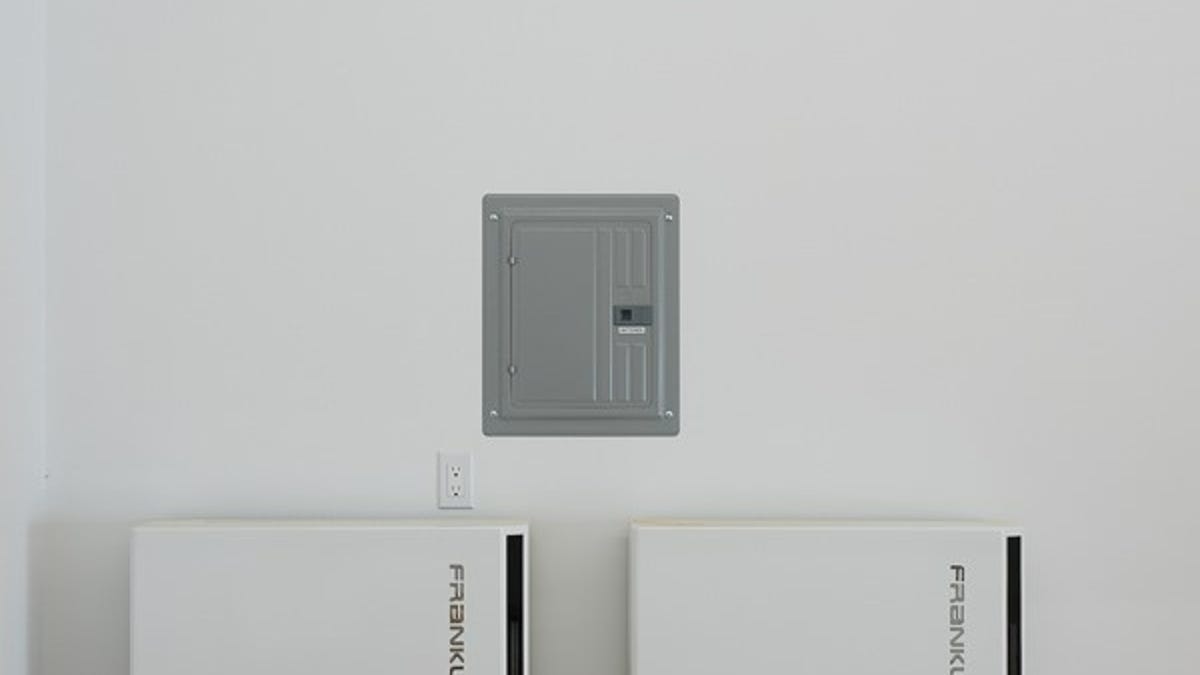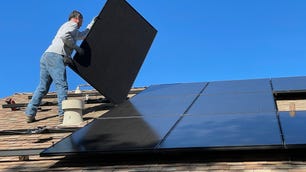FranklinWH improves the capacity, power and warranty of its battery


Many home battery companies are moving to modular batteries with sizes that can be scaled and customized, but not FranklinWH. The company’s new battery is an even larger block than its predecessor.
FranklinWH, which has existed since 2019, unveiled its aPower 2 battery this year at the RE Plus trade show. The aPower 2 includes upgrades in three major categories: energy storage capacity, power and warranty.
You get 15 kWh of capacity and 10 kW of power. And it all comes with an industry-leading 15-year warranty. The company said it also includes system software and gateway improvements. FranklinWH said the new battery should be available sometime in the first quarter of 2025. Pricing details have yet to be announced.
What do you get with the aPower 2?
The aPower 2 has a number of improvements over the previous model, namely in terms of energy storage capacity, power, and warranty. Let’s start with capacity. The aPower 2 is a large battery, offering 15 kWh. However, it is not a modular system, so if you need more than 15 kWh, you will have to buy another giant battery. You can install up to 15 batteries per location for a total capacity of 225 kWh. The current aPower model has a capacity of 13.6 kWh, which is roughly equivalent to a Tesla Powerwall.
Let’s talk power. The aPower 2 offers up to 10kW of continuous power, twice as much as its predecessor. Continuous power determines how many circuits (or areas of your home) your battery can power at any given time. The higher your battery’s capacity, the more of your home you can keep running during an outage. While the aPower 2 isn’t the most powerful battery on the market (it’s just under the 11.5kW of the Powerwall 3), what it does offer in terms of power is still a huge upgrade.
FranklinWH also announced improvements to the aGate, where the grid connection, solar connection, and energy management components of your battery system are located. The latest generation of the aGate is designed for easier wiring and installation. The FranklinWH app has also had a makeover, with a new visual design, smart controls, data analytics, and AI-powered instant answers.
aPower 2 and other related improvements are expected to roll out sometime in the first quarter of 2025.
A better guarantee
The aPower 2 comes with a competitive warranty. You get a 15-year warranty with a guaranteed throughput of 60MWh (or about 10,000 cycles, according to FranklinWH). Throughput is essentially the total amount of energy the manufacturer estimates the battery can deliver to your home over its lifetime, measured in megawatt hours. The higher the throughput, the longer your battery will last. Keep in mind that once your battery reaches the maximum throughput on the label, your warranty expires, regardless of how many years you have left.
This new warranty is a big step up from the previous model’s 12-year warranty and 43MWh throughput. Given that the industry standard for home battery warranties is 10 years, this is extremely unusual.
Are Home Batteries Worth It?
Yes, it can, but it depends on what you want to use them for. The main use of home batteries is for backup power during an outage, since they’re essentially an alternative to gas generators. They can also help you save money on your electric bill, especially if your utility charges rates that fluctuate throughout the day. You can avoid paying more for electricity during peak hours by using stored electricity from your battery to power your home, then recharging your battery when rates drop again.
Home batteries can also be useful if you have solar panels. When your solar panels generate more power than your home needs, you store the excess electricity in a battery, instead of letting it go to waste or selling it to the grid. The excess electricity can be stored for when you need it, such as at night, during a power outage, or when time-of-use tariffs are in effect.





